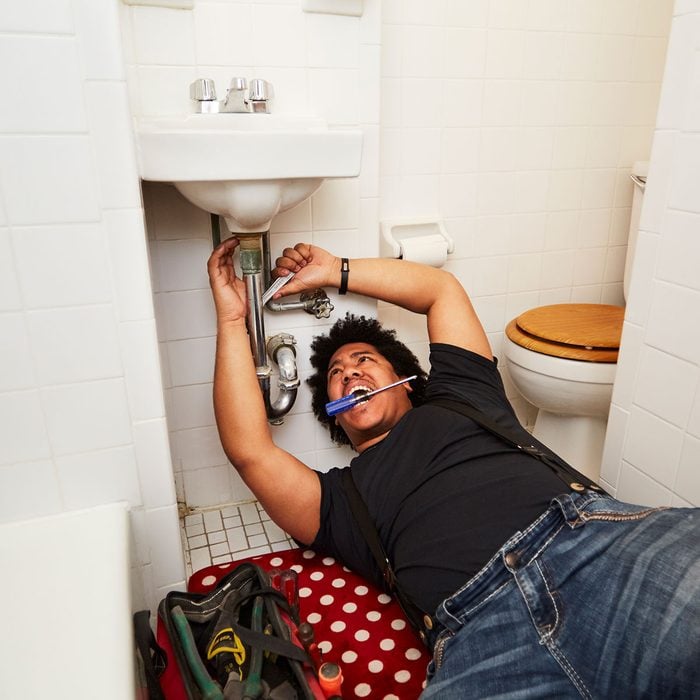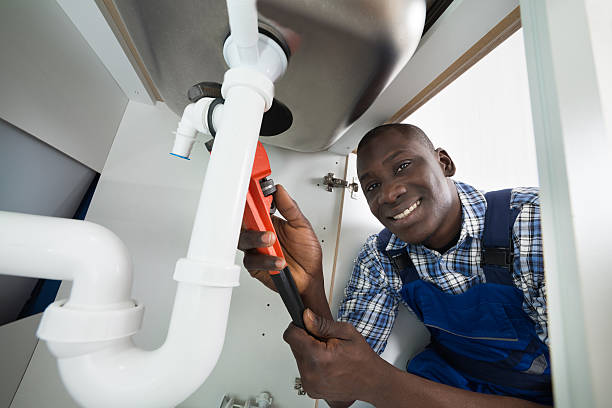A Step-by-Step Guide to Reliable Hot Water Heater Installation for Optimum Performance
Starting the job of mounting a water heating unit is an endeavor that demands accuracy and an organized strategy for accomplishing optimum performance. The procedure begins with the vital decision of choosing the proper heating unit tailored to the particular needs of your family, considering variables such as energy, size, and kind source. When picked, preparing the installment area to meet security criteria is paramount. Nonetheless, the trip doesn't end here. As you proceed, the ins and outs of connecting water lines and establishing up reliable electric or gas links await, encouraging understandings right into ensuring performance and reliability.
Choosing the Right Hot Water Heater

Following, take into consideration the size and ability of the hot water heater. It's essential to evaluate your family's hot water requirements, which can vary based on the variety of owners and their use patterns. A system that's too small might bring about inadequate hot water, while an extra-large model could result in unnecessary power usage.
Performance ratings likewise play a crucial duty in selection. Look for hot water heater with high Power Factor (EF) ratings, suggesting premium efficiency and reduced power usage. Tankless models, though generally a lot more pricey upfront, offer substantial power savings gradually due to their on-demand heating capabilities.
Preparing the Setup Area
Before mounting a brand-new hot water heater, careful preparation of the setup area is essential. This makes certain a smooth setup procedure and aids prevent future problems (Plumber Alabaster AL). Begin by choosing an appropriate location that follows neighborhood building ordinance and security standards. The location should be dry, well-ventilated, and easily accessible for maintenance. It's crucial to measure the area very carefully to suit the hot water heater's measurements, making sure ample clearance around the system for reliable procedure and servicing.
Next, get rid of any debris, dirt, or blockages from the site to create a clean environment. Inspect the flooring for security, as the hot water heater will certainly require a solid, level surface to operate successfully. If needed, set up a drip pan below the unit to capture potential leaks or spills, preventing water damages to the surrounding area. In areas vulnerable to seismic task, consider mounting seismic straps to secure the heating unit firmly in position.
Additionally, make sure that all necessary devices and products are on hand prior to starting the installation. This includes products such as wrenches, screwdrivers, a level, and any type of extra hardware required for securing the heating system and mounting. A well-prepared setup area sets the structure for an effective water heating unit setup, maximizing performance and safety and security.
Connecting Water Supply Lines
When attaching water system lines to your newly set up water heater, it is important to ensure that all links are protected and leak-free to preserve effective procedure and prevent water damage. Begin by recognizing the warm and chilly water system lines. The chilly water inlet is normally noted with a blue label or a "C", while the warm water electrical outlet is marked with a red label or an "H".
Usage adaptable water heating unit adapters to facilitate an easier installation procedure. Prior to connecting the ports, put a plumbing technician's tape around the threaded ends of the water heating unit's her explanation inlet and electrical outlet pipes.
Once connections are in location, gradually switch on the main water supply shutoff. Inspect each connection for leakages by visually feeling and inspecting websites for wetness. Tighten up links as necessary, and make certain the stress safety valve is correctly set up, protecting versus too much pressure accumulation.
Establishing Up Electric or Gas Connections
Effectively setting up the electrical or gas links for your water heater is a vital step to guarantee safe and effective operation. For electrical water heating systems, start by verifying that the electric circuit works with the heating unit's voltage and amperage demands. Make sure the power supply is transformed off at the circuit breaker to stop accidents. Link the electric cables to the heater adhering to the supplier's wiring diagram. Commonly, this entails connecting the ground wire to the green terminal, and the continuing to be cables to their equivalent terminals, securing each with wire nuts.
For gas water heaters, safety and security is paramount. Connect the gas line to the water heating unit using a versatile gas adapter, ensuring it is properly threaded and secured with pipe joint substance or Teflon tape appropriate for gas connections.
Once connections are made, evaluate for any kind of prospective leakages. For gas lines, apply a soapy water remedy to the joints; bubbles show a leakage. For electrical links, ascertain that all wiring is secure and appropriately shielded, maintaining conformity with regional electrical codes.
Readjusting and evaluating for Performance
With the electric and gas connections safely in area, the following step is examining the operational performance of your water heater. Begin by thoroughly transforming on click here for more info the water supply and making certain there are no leaks at any of the shutoffs or joints.
Following, execute an extensive examination to guarantee the burner or burner are functioning appropriately. For electrical heating systems, make use of a multimeter to validate if the elements are attracting the ideal existing. In gas designs, observe the heater fire; it needs to be blue and stable, indicating efficient combustion.
Readjust the setups as required to remove ineffectiveness. Think about applying insulation actions, such as including a water heating unit blanket, to better enhance performance by lessening warmth loss. Furthermore, check the anode pole's problem, as a deteriorated pole can minimize effectiveness and cause container corrosion.
Conclusion
Reliable water heater installation is important for ensuring ideal efficiency and power financial savings. Firmly attaching water supply lines and carefully establishing up electric or gas links reduce prospective issues.

Properly setting up the electric or gas connections for your water heating unit is a vital action to guarantee effective and secure operation. For electrical water heating systems, begin by confirming that the electric circuit is suitable with the heating unit's voltage and amperage demands. Attach the gas line to the water heating unit making use of an adaptable gas adapter, guaranteeing it is properly threaded and secured with pipe joint compound or Teflon tape appropriate for gas connections.